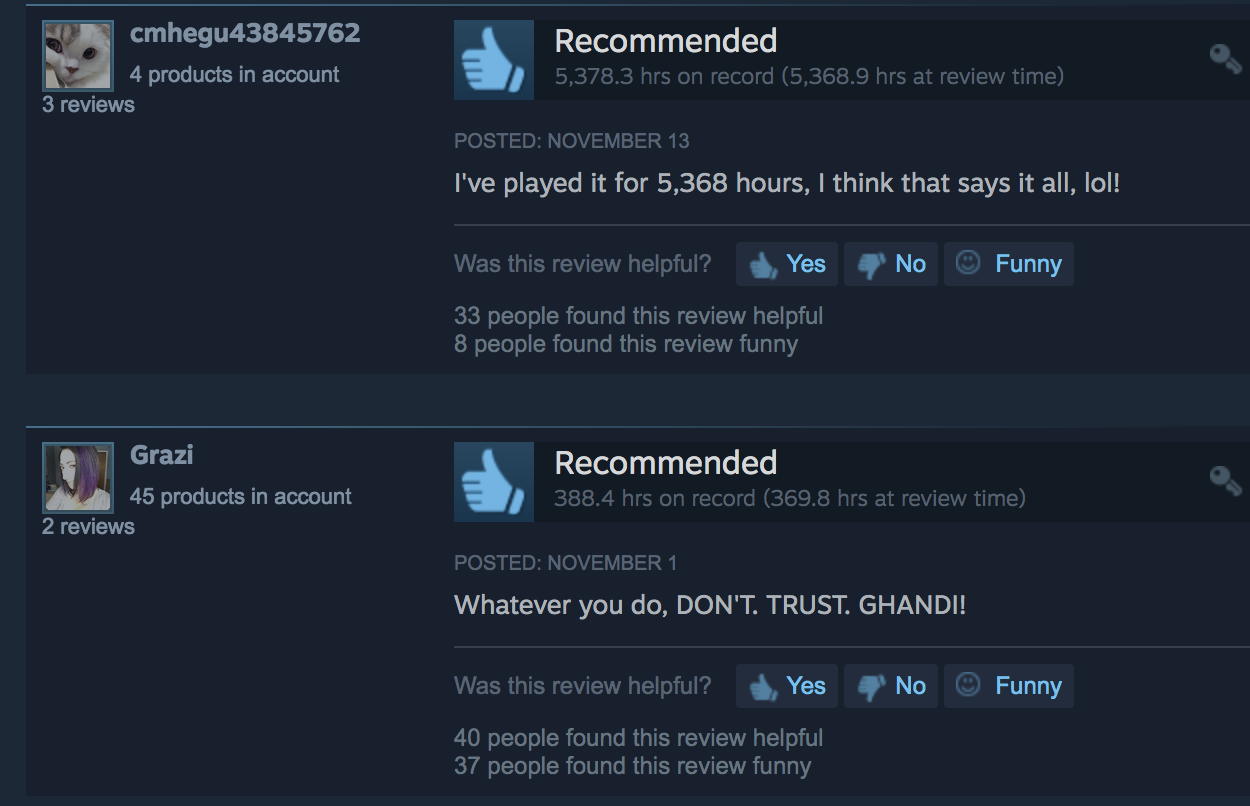Improving reviews: Discussion for all
There’s nothing more critical to the film experience than being able to articulate and share our thoughts — it’s why recent pieces like Uncut Gems are hilariously polarizing when you look at critic and audience reviews.

At present there’s a clear divide between two large user groups of Letterboxd: casual filmgoers (e.g. film twitter and Timothée Chalamet fans galore) that usually share humorous, pop culture-inflected thoughts, and film reviewers intent on sharing more traditional criticisms and breakdowns of pieces.
Letterboxd’s approach to reviews on desktops present this way: on movie pages below summaries and details, friend reviews are listed, then the top three most popular reviews (from “likes”) and the top three most recent ones. Reviews along with lists are the main spaces for users to interact with one another on the website. I’m interested in exploring how we can potentially filter through comedic reviews and more informational or critical ones to cater to what users feel like discussing. After all, post-Parasite (2019) I might want to decompress and just joke about the magnificence of another Bong (Joon-ho) hit, or work through a deeper criticism on all its commentaries. Better filtering through these conversations will help all types of users in the platform to engage in different types of commentary.

Looking through existing models: Steam Store
The first existing model that I wanted to lift from is the Steam Store; games are just as meticulously looked over through reviews, and are equally a space for even AAA games to be laughed over.
The way Steam approached reviews would then be my main foundation for exploring improvement on this feature.

There are several buttons to indicate whether the review is helpful, and a “funny” option. The copy on this is a bit awkward, so I opted for three bttons instead: retaining the likes, laugh, and insightful — buttons that are similar to recent, intuitive trends on reaction on sites like Facebook and LinkedIn. I decided on these three buttons a bit arbitrarily; though they’re also the types of content filters used on Steam games and based on discussion with other users. Would take a note to do more research on categorization in this area before potentially moving forward for implementation. These buttons help users gauge and filter reviews themselves while addding onto the types of interactions with them.

Moving onto viewing these reviews, I envision adding category buttons at the popular review view to sift through the three most relevant reviews categorized as needed. By default, the more reviews view continues to just show the most liked, popular reviews — which at the moment inhibits smaller users or more diverse sets of reviews to be seen; these limits in visibility mean that users don’t get to see content produced outside of the followers that they already follow, and make it harder for less established users to rise in popularity.
By adding new categories to reviews and making review filtering a priority on film pages, we hope to achieve the following:
- Satisfying all types of users who are looking for different types of information from reviews: whether pure humor, critics’ insight, or more
- Allowing more room for top reviews to shift; continuing interaction with the film, especially as time passes
- Opening more avenues for users to engage with other reviewers on the platform, increasing follower interactions
Continuing Questions
Although these are the ideal goals, there are also further challenges and inquiries that I’m interested in considering:
- As always, there’s going to be conflict in shifting to a new system of review interaction. How do we get users to use these new buttons as a means of reacting and engaging with posts? By design and with two new categories (insight and funny), we know that every single film prior to the system is going to have more rotation in reactions with these new tabs. How can the rollout be conducted in such a way that these new conversations spark the most user engagement?
- What type of reviews do users on Letterboxd love the most? The retention of the general “like” button is going to help dictate and give insights to this. Is Letterboxd as a platform encouraging more casual, witty dialogue around film — or are people looking for the same thoughts as they do in critics? These would be interesting numbers to use in surveying the types of social dynamics happening around the platform, bettering not only our understanding of why this polarization in content exists in the first but how to best expand on it.
